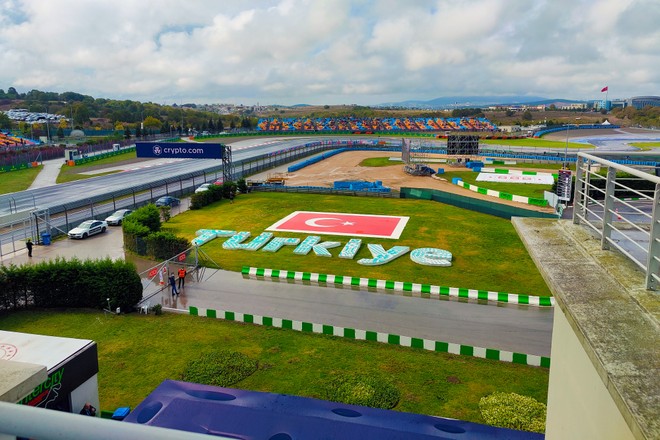
With the Grand Prix that crowned Bottas, 2021 once again confirmed Formula 1 in Turkey, one of the most important circuits; recent because & eacute; inaugurated in 2005 transforming into reality; the 5,338-meter project designed by Helmann Tilke.
Over the years, Istanbul has participated intermittently in the events of the & quot; major league & quot; of the world of motors. From 2005 to 2011 & egrave; it was a fixed stop for the circus, returning then in the two-year period 2020-2021 (here the F1 2022 calendar).
The stage of F1 is; It was, personally, the occasion for a first contact with Istanbul and Turkey, a country not too far away geographically but known to most; just for the record and made more & ugrave; far from the prejudice that often traps the mind of those who are little used to travel. It is a reality; different, & egrave; true, but the connections with the Western world are more and more; and there are many with the automotive sector. In fact, not everyone knows that …
THE TURKEY OF ENGINES 
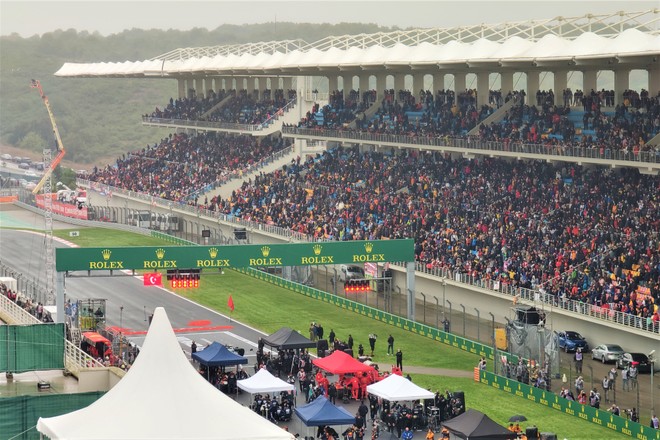
We often forget it, but Turkey is; among the main production centers for various European and non-European brands . Here Fiat and Renault they are very strong, to the point that the cars you meet on the street often carry these brands (or their rebranded version) and local tastes are anchored to the classic sedan (Fiat Tipo among them). This bodywork variant is therefore also proposed for models that do not have this version in Europe and sedans (41.3%) are still able to withstand the advance of SUVs (34.1%) in terms of market share. . The hatchbacks are at 22.6% (data for H1 2021).
Tofa & # 351;
Tofa & # 351; & egrave; among the companies based in Istanbul and which position their production plants in the south, in the city; of Bursa. Fiat, with the Agnellis, inaugurated this factory shared by the local Ko & ccedil; Holding of Vehbi Ko & ccedil; in 1968: three years later the plants were opened and, in 1971, the Turkish version of the Fiat 124 (Murat 124) came out; from the production line. The new Fiat Tipo (in Turkey it is called Egea) & egrave; the model pi & ugrave; recently produced by the Bursa plant, now under the aegis of Stellantis which has one of the research centers right here & amp; Development.

Oyak Renault
Production center of the country, Bursa is also home to the Oyak Renault plant, founded in 1969 under the control of Renault and Oyak. The Clio 5 and the Megane sedan (Fluence) leave the production lines but the engines play the leading role with a production double compared to that of the cars in terms of units, exceeding 700,000.
Ford Otosan
Ford Otosan & egrave; another of the automotive industrial poles and follows the same business logic for companies that want to invest and produce in Turkey: & egrave; it is also owned by the foreign company (the Americans in this case, through a German subsidiary of Ford) and by the Turkish Ko & ccedil; Holding, both at 41%. The remaining 18% is public thanks to its listing on the stock exchange. In addition to the production & egrave; there is a research center & amp; Development and from 2023 the electrified range of Ford Transit will be; produced by the joint venture in the province of Kocaeli which already & agrave; produces the traditional Transits and that will host; also Volkswagen's 1-ton commercial vehicles as part of the collaboration it will provide; to the Americans the MEB.
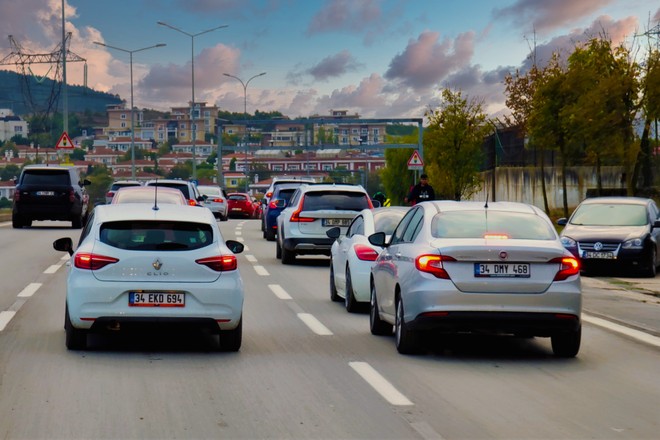 Renault Clio and Fiat Egea (Tipo), two of the most popular models? sold in Turkey
Renault Clio and Fiat Egea (Tipo), two of the most popular models? sold in Turkey
In addition to the main poles and industrial groups mentioned, there are other brands that have their activities in Turkey; productive. The new Hyundai Bayon, the most & ugrave; small of the SUVs of the Koreans, & egrave; the latest daughter of the Izmit plant (1997) and from here it is exported throughout Europe, born from the same line and platform as the Hyundai i20.
Toyota also has & quot; one foot on the Bosphorus & quot ;: the plant & # 39; egrave; that of Sakarya , east of Istanbul and Bursa, and & egrave; one of those that give birth to Toyota C-HR and Toyota Corolla.
Daimler , on the other hand, chose Aksaray in 1986, positioning itself in the heart of the country. The plant is dedicated to commercial vehicles and trucks, including the Actros. Recently the group has framed the truck and bus division under the newly born Daimler Trucks brand of Daimler Truck Holding: in Europe the production centers of the tractors are the German one of W & ouml; rth and the Turkish one of Aksaray. Also in this case we are not talking only of production but of a research center & amp; Development that absorbs investments in the order of millions of euros (8.4 in 2018).
C & # 39; & egrave; who stays and who goes: Honda will close & agrave; the Gezbe factory in 2021 in conjunction with the end of life of the Civic sedan and consequently to the will & agrave; to shift investments in electricity production over the next few years.
THE TURKEY OF THE HORN 
 Seger , a company that produces the voice of our cars . In fact, the horns for many of the cars in circulation come from here. Seger & egrave; one of the suppliers of Audi, Citroen, Ford, Hyundai, Mercedes, Opel, Peugeot and Renault, has also worked with Tesla for the first generation Roadster, a goal that the Turks consider a source of pride enough to include the launch in their timeline. space of 2018, a first for a brand in the country.
Seger , a company that produces the voice of our cars . In fact, the horns for many of the cars in circulation come from here. Seger & egrave; one of the suppliers of Audi, Citroen, Ford, Hyundai, Mercedes, Opel, Peugeot and Renault, has also worked with Tesla for the first generation Roadster, a goal that the Turks consider a source of pride enough to include the launch in their timeline. space of 2018, a first for a brand in the country.
Seger produced at least 110 million horns, exporting most of them (80%) to around 70 different countries
In short, it is – almost – a monopolist: in Europe there are only three companies that produce horns and all over the world you get a little more & ugrave; of a dozen. The company recently announced that it will aim for to the world of electric cars thanks to its expertise that also includes electronics and electro-mechanical parts, as well as already having; supply agreements for TOGG, the consortium born in 2018 that is in charge of producing the first model completely developed in Turkey.
TURKEY OF ELECTRIC CARS OF TOGG 
There are five electric cars in the programs of the Turkish manufacturer TOGG : SUV, sedan , C-segment hatchback, crossover (B-SUV) and compact minivan. This is the industrial plan for 2030, a project that will take & agrave; the start with the SUV in 2022 and will continue; then with the electric sedan (2024).
TOGG & egrave; the acronym of T & uuml; rkiye & # 39; nin Otomobili Giri & # 351; im Grubu, translatable with Turkey Automobile Joint Venture Group. The consortium has the support of the state and includes various skills deriving from the companies involved: Anadolu Group, BMC, Kiraca Holding, Turkcell and Zorlu Holding
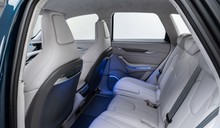


C & # 39; & egrave; another important issue to address when it comes to Turkey, and & egrave; the one that blends industrial and geopolitical logics. The pandemic has taught, or better remembered, how extreme delocalization is a problem in contexts of global crisis, and it is not without reason; a prime example is the chip crisis.
In reality it & agrave; & egrave; the entire supply and production chain suffering and the plans of companies have also changed to cope with possible future crises. For this reason it will become; it is essential to shorten the supply chain , if not locally within the EU, at least in the macro area of the western part of the Old Continent, with the Mediterranean acting as the fulcrum to lower production costs (as Marchionne said ).
The European Union is already Turkey's main interlocutor in both industrial directions: there are not only outgoing production flows but also those dedicated to the domestic market which has seen a boom in the number of cars sold, rising from 4.6 million in 2002 to more ; of 13 million in 2021 (data referring to the entire nation).
The auto boom of the last few years is egrave; one of the main causes of traffic in Istanbul, a megalopolis on two continents which, with only three bridges and a tunnel connecting the Asian side to the European one, struggles to dispose of the most; 4.5 million officially registered vehicles.
Rester & agrave; therefore to understand how it will evolve; the discourse between politics and industry in the perspective of a landscape destined to change profoundly in the decade that has just begun.
TURKEY TOWARDS ZERO EMISSIONS 
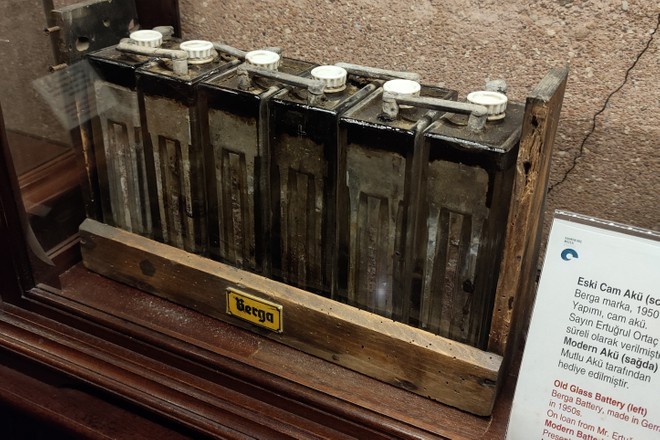
In analyzing the situation of the automotive world in Turkey, then, the future prospects in terms of electrification and the path towards zero emissions must also be considered, a theme that is also dear to the automotive world operating in the country. From January to September 2021, 1,560 electric cars were sold in the country, negligible numbers if compared with the 47,000 units; (however few) of Italy, but which launch a first sign of change. In proportion, the market share for electricity in Turkey in the first nine months of 2021 & egrave; of 0.4% while for Italy it is by 4%.
The infrastructure & egrave; still to be developed but the movement is; tangible and the scenario shows the need & agrave; to take a step towards the unification and roaming of service providers: if in Italy we & egrave; already well advanced (albeit with different criticalities), interoperability in Turkey; between networks has yet to materialize and we need to arm ourselves with various applications.
Several, then, the plans of the industrial groups related to the automotive to achieve zero emissions: Ford Otosan already has; talked about 2040 with a program that involves electric vehicles for short-medium distances and hydrogen for transport, with a gradual transition from diesel hybrids (diesel + fuel cell) to electric fuel cells. The energy context of the country is; that of a share of production from renewable sources of 14.6% in 2020.
RAHMI KO MUSEUM? 
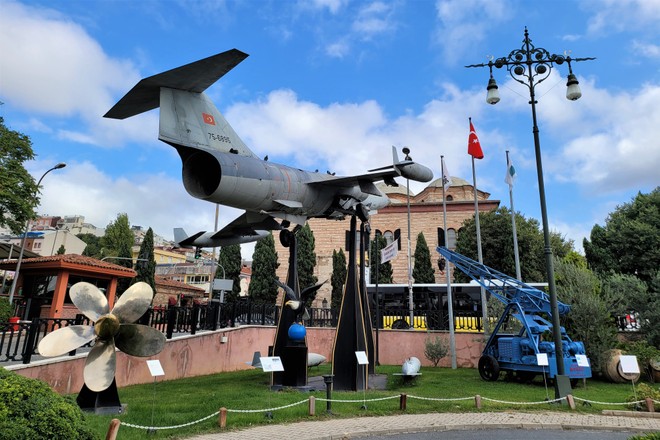
On the banks of the Corno # 39; the Rahmi Ko & ccedil; Museum , a complex of important dimensions that is closer to; to the private collection and to a museum in the traditional sense, while presenting various information signs (bilingual, Turkish and English, an important attention never to be taken for granted) on the models on display and a small interactive section for the most advanced; young people.
Rahmi Ko & ccedil;, son of Vehbi, & egrave; tied hand in glove with the automotive world even if Ko & ccedil; Holding, the industrial conglomerate, & egrave; involved in a number of activities ranging from electronics to energy passing through computer science, construction and so on. In the world of the four wheels, one reconnects to the gi & agrave; cite Tofas and Ford Otosan.
Transport, Industry and Communications : these are the three sections in which the exhibition is divided, which includes airplanes and a submarine (visible at its internal), hundreds of cars from different eras (many from the sixties to the nineties), bicycles and motorcycles, trains and models of all kinds.
OUT OF THEME: WHAT TO SEE IF … 
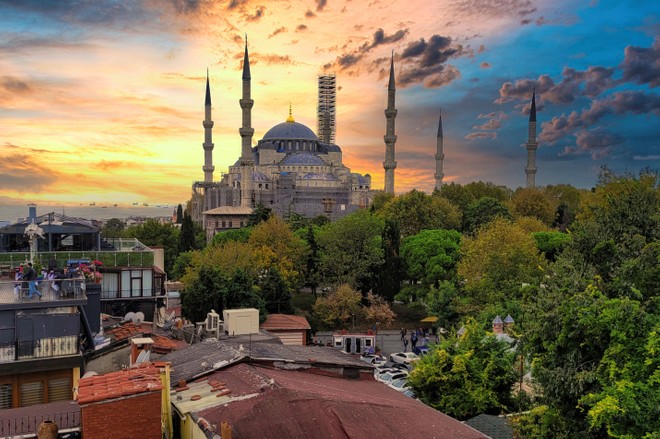
… if, like me, you are in Istanbul for a business trip and you have little time to visit the city.
Aya Sofia (or Hagia Sofia) and the & quot; Blue Mosque & quot; are the great classics : they are facing each other and literally challenge each other given their origins: the first is; born with Justinian and bears the signs of the Byzantine and Christian world before becoming a mosque, a museum and, later, a mosque again. The second was born forty years after that of Suleiman as a symbol of the Islamic world at the behest of Sultan Ahmed. Its vault with semi-domes leading to the central dome is; fascinating.
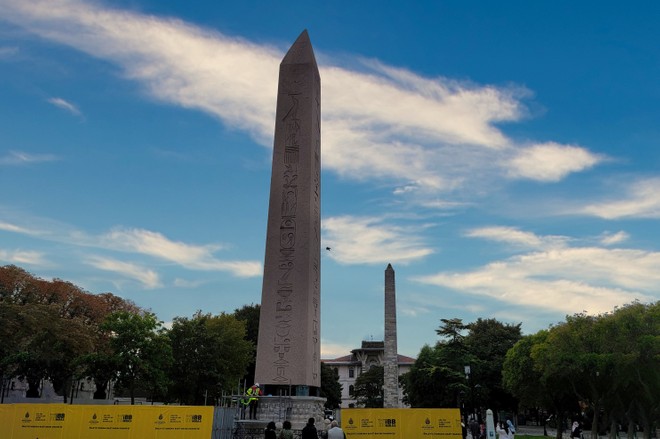
A short distance away you find yourself in the square of the ancient Hippodrome of Septimius Severus (200 BC), a further example of how Istanbul was a crossroads of peoples and cultures. Little remains to be seen, but the two obelisks dominate: that of Theodosius (taken from Egypt), and that of Constantine, now stripped of the bronze plates that adorned it.
On the subject of ancient thefts , the horses now placed in Piazza San Marco in Venice come from here. Historical monuments, including Aya Sofia herself, are an example of the foresight exercised in conserving and integrating the passages of other civilizations, rather than eacute; delete them as done by other cultures in history.
To take a walk there & # 39; & egrave; Istiklal Caddesi, the street that starts from the Galata Tower and ends at Taksim Square. A must then try the coffee (the Turkish one, prepared in cezve or ibrik): as Italians we pride ourselves on (mistakenly) being the only ones who know how to make it. Is not serious; so & igrave ;.

If, unlike myself, you have more & ugrave; time, the advice & egrave; to remove the veil of prejudice (or ignorance in my case) and do two online searches for the next holidays of those who already have; toured Italy far and wide and seeks, pandemics permitting, a new destination. Leafing through the classic airplane tourist magazine, I was amazed to see the variety; of inspirations. From the Marmara region (with references to the Trojan War) to that of the Aegean in the West, up to Anatolia in the East, Turkey has more; variety than I could think and has many features in common with our country, offering mountains and localities; skiing, sea, diving, culture, nature and a colorful culinary tradition.
And the kebab we know in Europe is not; than a pale imitation of those (s & igrave ;, plural) that can be tasted in Turkey!
5G without compromise? Oppo Reno 4 Z, buy it at the best price from Unieuro at 239 euros .